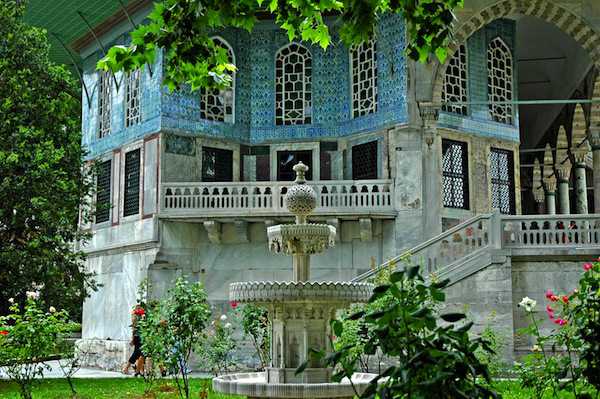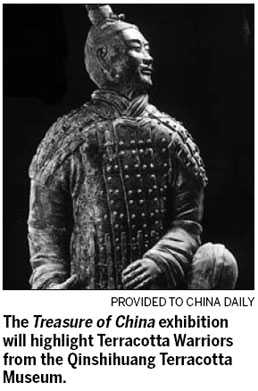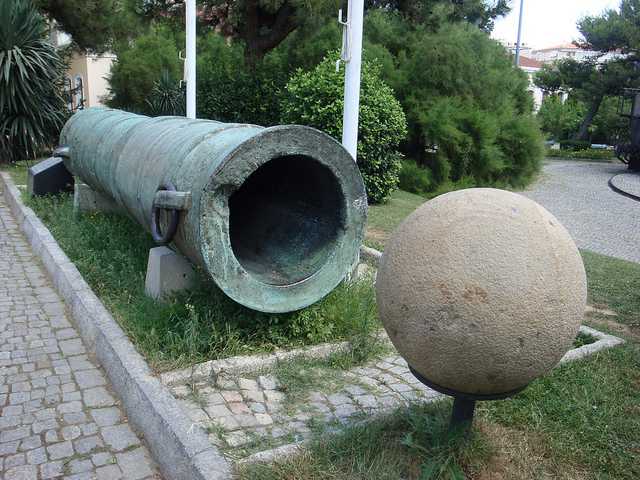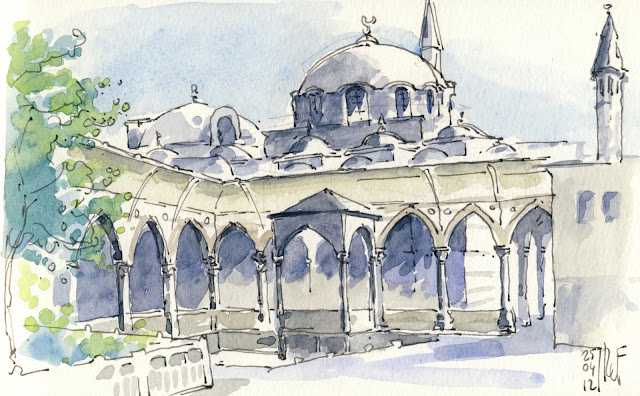By ELINOR GOODMAN
It seemed a strange way to end a day when I had deliberately dressed modestly and covered my head every time I entered a mosque.
I was lying on a hot slab, wearing little more than two triangular handkerchiefs, tied up a with a shoe lace, and a pair of shorts, as I was pummelled by a young man wearing a table cloth round his waist.
I was in one of Istanbul’s oldest Turkish baths, built in the 16th Century for Suleiman the Magnificent. In those days, the hamams were single sex, but modern Turkey wears its Islam lightly. All around me couples sweated like kebabs on a grill.
Waterside spectacle: The Blue Mosque in Istanbul is one of its most iconic sights
On the next slab was Carmel, an Irish women on the same weekend break as me.
It was a singles holiday not – as the Friendship Travel brochure stressed – a dating holiday, but one in which people who don’t happen to have a travelling companion can meet up with other like-minded people, and do things together when they want.
I was glad to have a companion to go to the Suleymaniye Hamam, not least because neither women or men are allowed in on their own, but also to tell me when my handkerchiefs were slipping.
 Local colour: A folk music troupe performs at Topkapi Palace
Local colour: A folk music troupe performs at Topkapi Palace
We stayed at an extremely comfortable Senatus Hotel in the centre of the old town, and we all had double rooms to ourselves.
There were five other travellers in the group. The three other women were in their 50s and had chosen the holiday because, to varying degrees, they were apprehensive – wrongly as it turned out – about exploring Istanbul on their own.
There was also a retired teacher and another man in his 30s who was, I suspect, disappointed with the age of his companions. We were introduced the first morning by our ‘hostess’, Mel, who said it was up to us to decide whether or not we wanted to do things together.
We set out together for the Blue Mosque, which, from the outside, looked pretty grey at the end of February. Inside it was breathtaking. The central dome rests on cascading smaller domes, and the walls are lined with patterned blue green and white tiles.
The light is filtered through stained-glass windows so it changes from blue to shades of pink during the day. It was commissioned at the start of the 17th Century by Sultan Ahmet who, 150 years after the Ottomans took over Constantinople from the Christians, was determined to show that anything the Byzantines could do, he could do better.
In Istanbul you are constantly reminded you are on the cusp of Europe and Asia – geographically and historically. When we entered the Grand Bazaar the men drifted off. The bazaar is not as intimidating as the one in Marrakech.
More…
- Detox or decadence: Fighting temptation on a ‘healthy’ spa escape to luscious Lombardy
- Feeling like a Hollywood A-lister on Italy’s spectacular ‘movie- set’ islands
- Discover more trips perfect for solo travellers
There are 60 streets and 6,000 shopkeepers, selling everything including, of course, carpets. For an inveterate shopper it was impossible to resist some of these Aladdin’s caves. And after bartering to buy a leather jacket, I found a tiny cubby hole off an alleyway for lunch.
The kitchen was open to the street, and a woman slapped dough into thin bread which she wrapped around leaves of spinach. I had grilled chicken and it was delicious – one of the most enjoyable meals I had on the trip – and just £3 for two courses plus apple tea.
 Bargain hunting: Elinor hunts out some authentic souvenirs to take home
Bargain hunting: Elinor hunts out some authentic souvenirs to take home
That evening we all ate together at the hotel and exchanged information. Stewart, the teacher, had spent the afternoon at the Topkapi Palace, so next morning Carmel and I set off. It is a huge complex that was the home of the sultans who ruled the Ottoman Empire for 400 years.
It overlooks the sea and you move from one astonishingly decorated pavilion to another. Housed in one of them are the jewels amassed by the Ottomans, including the diamond-encrusted Topkapi dagger, which Peter Ustinov’s character tries to steal in the 1964 film Topkapi.
On the way back to the hotel I stopped in the Arasta Bazaar, where my nose for quality led me into a shop. I was drawn into a lengthy negotiating process for a beautiful apricot carpet. After much shaking of hands and whispering, I got it for a third off the asking price, which apparently is about normal.
That evening, as the rest of the group headed to a fish restaurant, Carmel and I went to a basic cafe – no walls but plastic sheeting – recommended by the carpet seller.
We sat at low tables surrounded by men smoking water pipes, and watched a lone Suffi dancer whirl through a haze of smoke.
Nobody bothered us, but I doubt I would have gone in there on my own, another example of the advantage of going with a group of other single travellers.
Travel Facts
Friendship Travel (0871 200 0613, www.friendshiptravel.com) offers a three-night break to Istanbul departing Gatwick on October 4 from £595pp. This includes return flights, transfers, accommodation with breakfast at the Senatus Hotel and services of a Friendship Travel host.
Other tour operators specialising in singles holidays include Solos (www.solosholidays.co.uk), Travel One (www.travelone.co.uk) and Solitair Holidays (www.solitairhols.co.uk).
Read more: http://www.dailymail.co.uk/travel/article-2323039/A-single-ticket-Istanbul-Joining-solo-travellers-discover-Turkeys-cultural-heart.html#ixzz2T9W7EtEf
Follow us: @MailOnline on Twitter | DailyMail on Facebook









